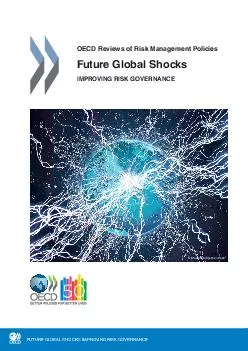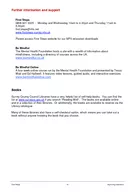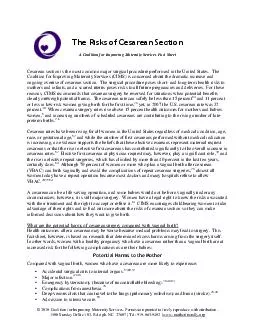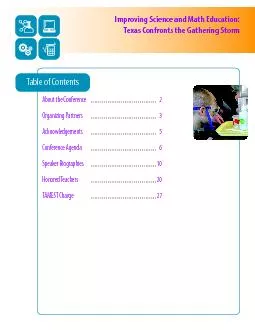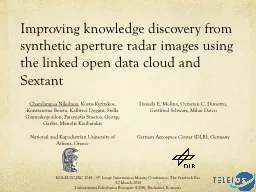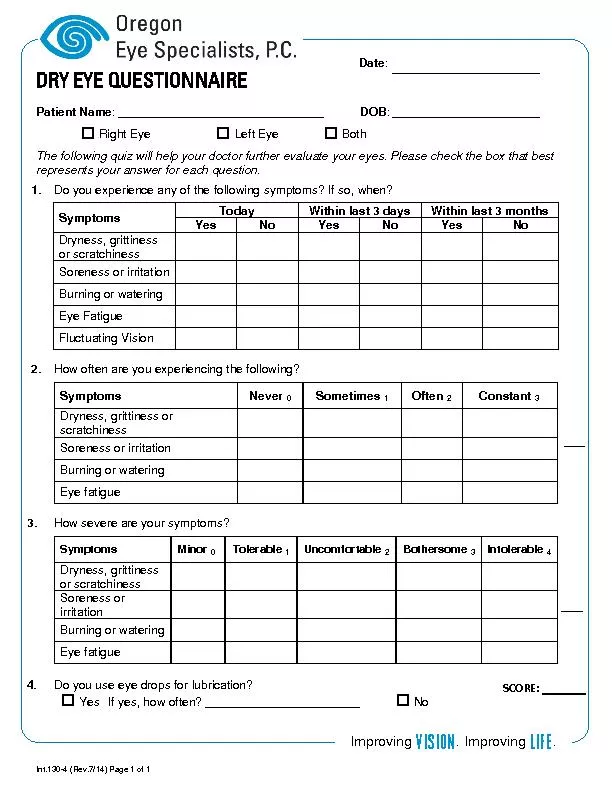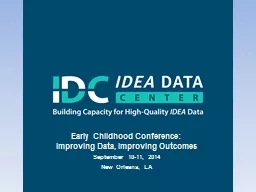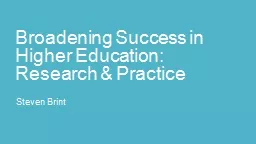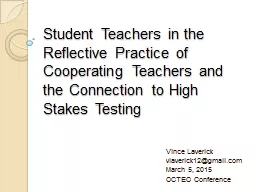PPT-Improving student’s
Author : debby-jeon | Published Date : 2017-08-21
PPDAC responses Sophie Wright MRGS 2016 Strategies Tools and Prompts to support Statistical Report writing Looking Roskills tool box of ideas and examples
Presentation Embed Code
Download Presentation
Download Presentation The PPT/PDF document "Improving student’s" is the property of its rightful owner. Permission is granted to download and print the materials on this website for personal, non-commercial use only, and to display it on your personal computer provided you do not modify the materials and that you retain all copyright notices contained in the materials. By downloading content from our website, you accept the terms of this agreement.
Improving student’s: Transcript
Download Rules Of Document
"Improving student’s"The content belongs to its owner. You may download and print it for personal use, without modification, and keep all copyright notices. By downloading, you agree to these terms.
Related Documents


